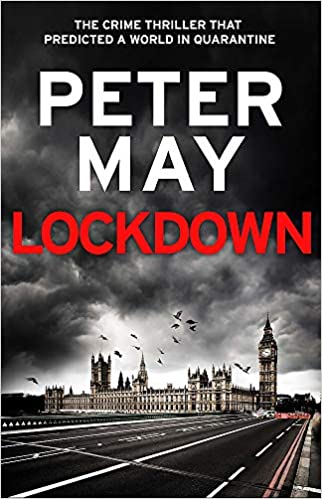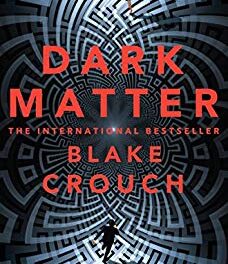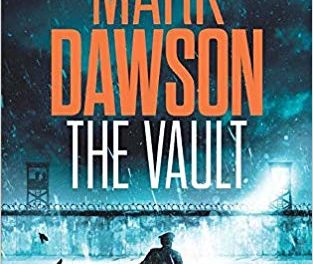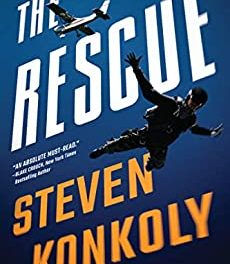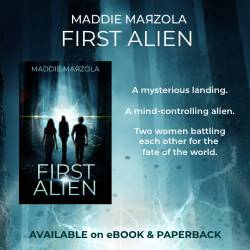A tad ghoulish it might be to market a previously rejected pandemic thriller on the basis of its prescience, there’s still no denying author Peter May’s assertion in Lockdown’s foreword that things really could be worse.
Set in a panicked, shut-down London, gripped by a deadly variant of the H1N1 virus (of Bird ‘Flu infamy), Lockdown opens on the grim discovery of a child’s remains during preparations for building a field-hospital. Here, failure to keep to the proper social distancing ends not in fines and Facebook-shaming, but a bullet to the brain.
The buried child triggers a murder investigation, naturally headed by an obsessive, hard-drinking cop with a disastrous home life. He’s a type so familiar as to prompt an audible eye-roll or two. May’s hero, MacNeil, a manly-man detective with a well-barricaded heart proves the least interesting in a parade of well-worn character tropes. Among them: a model-minority forensic scientist whose intellect and diligence sit alongside a tragic backstory, a ‘delicate’ appearance and a certain passivity; her gay best friend whose identity and errant boyfriend troubles prove a feeble substitute for an actual personality. A lone-wolf psychopathic assassin with a literary bent, lacking the wit and wickedness of a Villanelle. An unhappy and unreasonable ex-wife, an angelic cipher of a son. No prizes for guessing which of these gets fridged with ruthless efficiency to move the story along and provide MacNeil with something to emote (briefly) about.
MacNeil’s tendency to social awkwardness and outsider status keeps the driving emotions of Lockdown expected and uncomplicated – grief, rage, a naive need for justice and protection. None of these slows an unfurling industrial conspiracy and an ever mounting body count. There’s small comfort to be found in the fact that Lockdown’s most graphic, wince-inducing deaths don’t involve the virus: there’s various shootings, stabbings, burning cars and falling from city landmarks to name but a few.
Lockdown’s very predictability proves both its strength and weakness: the tendency to reach every time for the most obvious reaction or plot point might soothe anxious readers reeling from an endless feedback loop of misinformation and reaction during our present pandemic. Or, depending on your mood, this same characteristic might prompt you to fling your copy of Lockdown from the nearest window and seek out something with a few more surprises to engage a skittish mind afflicted with isolation attention deficit.
If willing to overlook the novel’s frequent clanging obviousness, Lockdown’s attention to geographical and scientific detail is plausible enough to prove chilling, as much as the corruption and exploitation rife in the management of Lockdown’s fictional pandemic. The novel’s most appalling horrors leavened by it’s most appealing peripheral character, one Dr. Sara Castelli. Appearing late in the novel, she’s a plucky, capable and cheery Health Protection Agency operative with a never-say-die attitude and a propensity to over-share. By rights, Castelli, middle-aged, unglamorous and no-nonsense, should star in a twisty thriller of her very own, but in the meantime, she’s a welcome addition to this one.
Review by M.M. Hattab

